2018-12-12

- By ChinaWiki.net
- Chinese Edition
- 2018-09-29
Located near Changshun Street, Qingyang District, Chengdu City, Sichuan Province, wide and narrow alleys, consisting of wide alleys, narrow alleys and well alleys arranged in parallel, are all quadrangle courtyards of Qingdai bricks and tiles. This is also a relatively large-scale ancient street left over from Chengdu, and is called Chengdu's three historic and cultural cities together with Daci Temple and Wenshu Yuan. Protect the block.
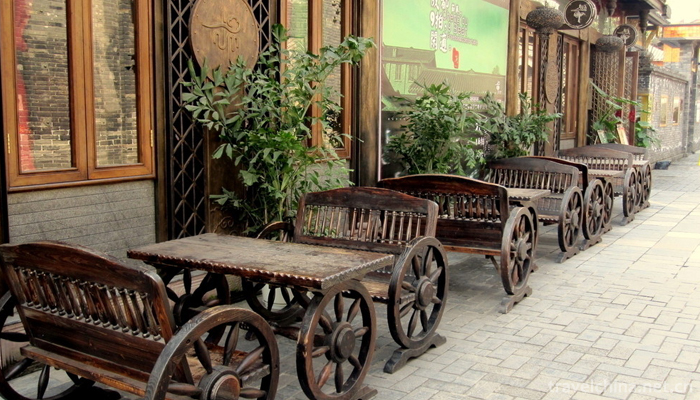
In the fifty-seventh year of Emperor Kangxi (1718), after the settlement of the Zhungeer Rebellion, more than a thousand soldiers were selected to stay in Chengdu and the Manchurian city was built on the basis of the small city of that year. In the early years of the Republic of China, the urban administrators at that time changed the "alley" into "alley". In 80s twentieth Century, Kuan Alley and Zhai Alley was included in the "conservation planning of historic and cultural cities in Chengdu". In 2003, the Kuan Alley and Zhai Alley block appeared in the dictionary of the world.
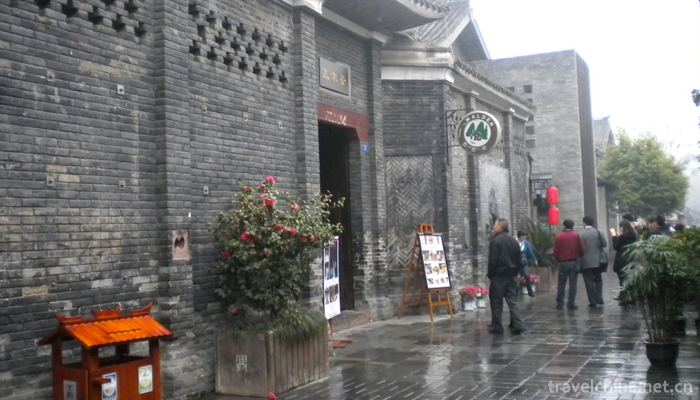
The wide and narrow lane is a national AA-class tourist attraction, and has been awarded the titles of "Commercial Pedestrian Street with Chinese Characteristics" in 2009, Sichuan Historical and Cultural Street, Chengdu New Ten Scenic Spots in 2011, and Sichuan Top Ten Most Beautiful Streets
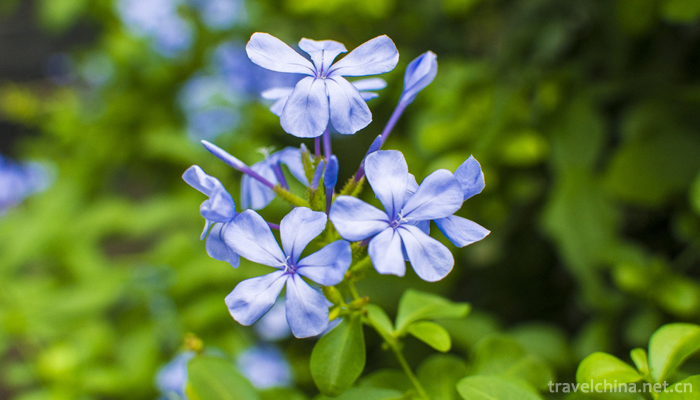
In the fifty-seventh year of Emperor Kangxi (1718 AD), after the settlement of the Zhungeer Rebellion, more than a thousand soldiers were chosen to stay in Chengdu and the Manchurian city was built on the basis of the younger cities of that year. In the Qing Dynasty, only the eight banners of Manchuria and Mongolia lived in Manchuria. After the fall of Manchuria, Manchuria was no longer a forbidden area. People could enter and leave freely. Some foreign businessmen took the opportunity to open pawnshops near Manchuria and bought a large number of flag houses. It formed the unique pattern of the descendants of the banners, the dignitaries and the merchants who lived together with the city. The wide alley here is called Xingren Hutong, the narrow alley is called Taiping Hutong, and the well alley is called Ruyi Hutong (Mingde Hutong).

After the Revolution of 1911, Zhao Erfeng, the governor of the Qing Dynasty, surrendered power and dismantled the walls of the few cities. Some high-ranking officials came here to build mansions and houses for the people and took office on the right. Tian Songyao, Li Jiayu, Yang Sen, Liu Wenhui and others settled here successively. Chiang Kai-shek also came here to preserve these ancient buildings. In the early years of the Republic of China, the urban administrators at that time changed the "alley" into "alley".

In the thirty-seventh year of the Republic of China (1948), in a city survey, it was said that the staff at that time, after measuring, labeled the wider lane as "wide lane", the narrower one was "narrow lane", and the one with a well was "well lane".
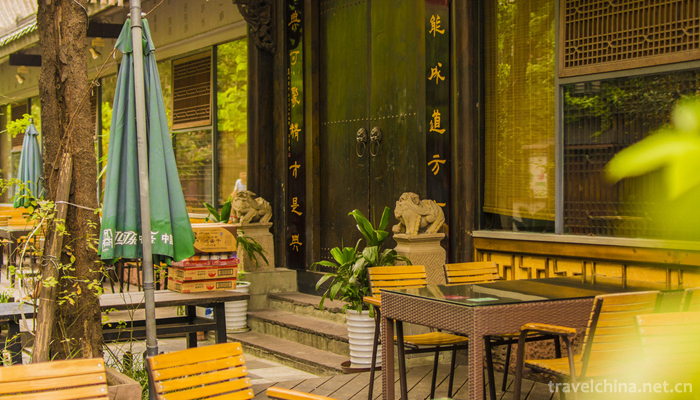
After the founding of the People's Republic of China, the houses were allocated to nearby state-owned units for the placement of workers, and the houses were redistributed during the Cultural Revolution.
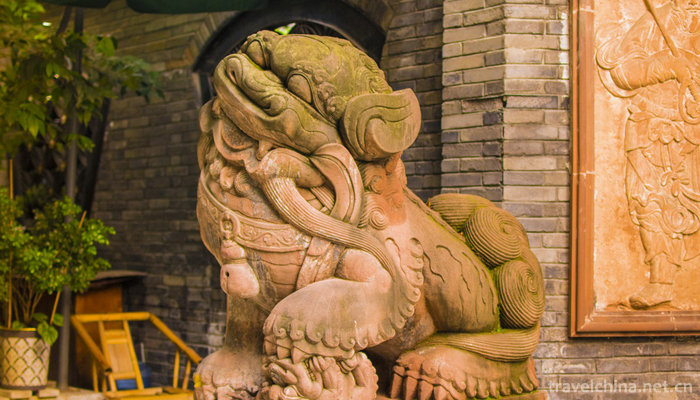
In 1980s, Kuan Alley and Zhai Alley was included in the conservation planning of the historic and cultural city of Chengdu.

In 2003, the main reconstruction project of the wide and narrow alleyway historical and cultural area in Chengdu was established. On the basis of protecting the real buildings in old Chengdu, a compound cultural and commercial street with tourism and leisure as the main part, distinct regional characteristics and strong Bashu cultural atmosphere was formed, and finally the connotation of "old Chengdu negatives, NEW urban living room" was created. The "Tianfu little city", the Kuan Alley and Zhai Alley block appeared in the dictionary of the world.
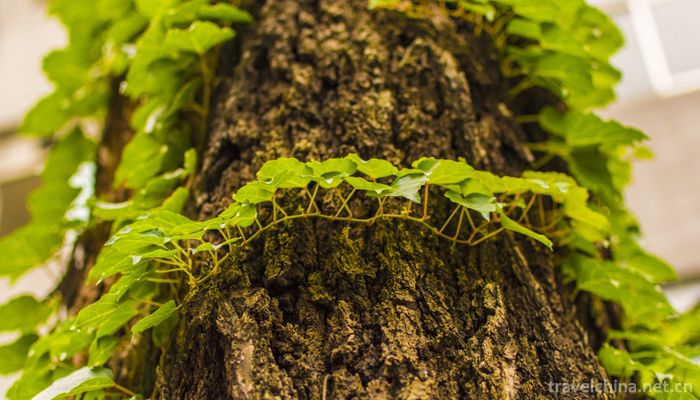
In 2005, the reconstruction of the wide and narrow neighborhoods started.
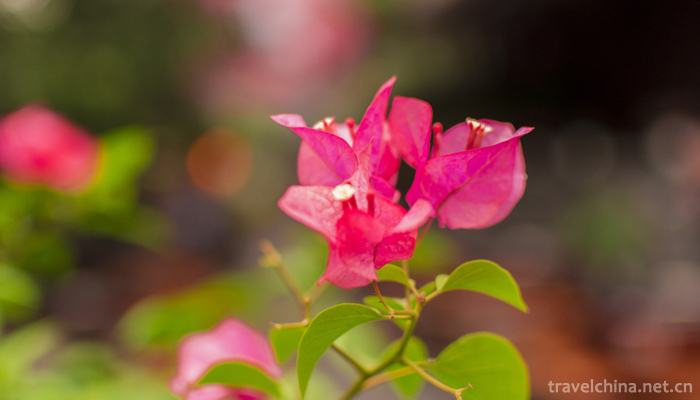
On June 14, 2008 (the third Chinese Cultural Heritage Day), the wide and narrow alleys were opened to the public as a landmark event in Chengdu's tourism recovery after the earthquake.
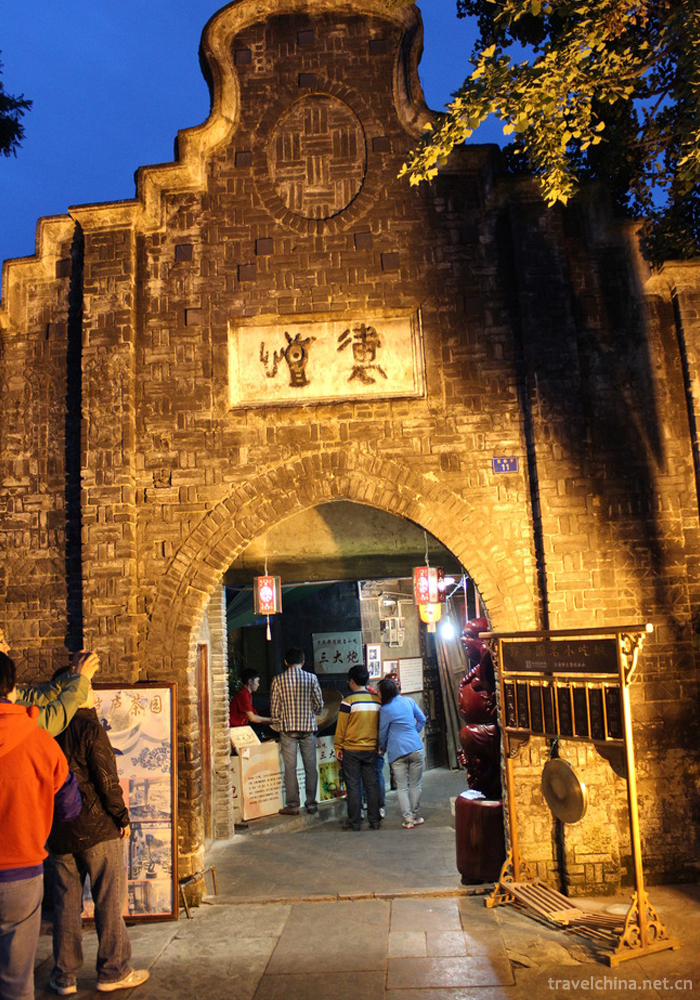
More pic

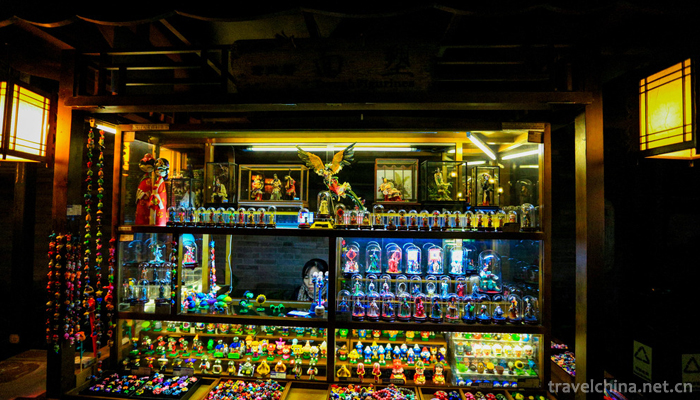
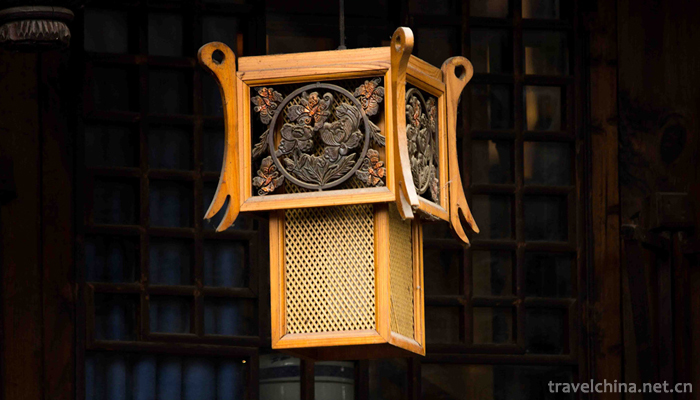
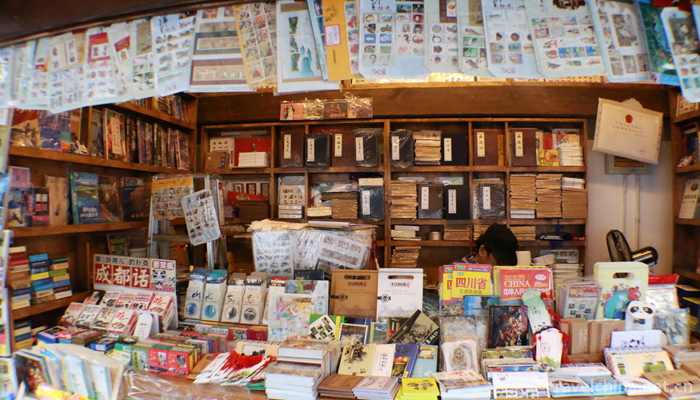


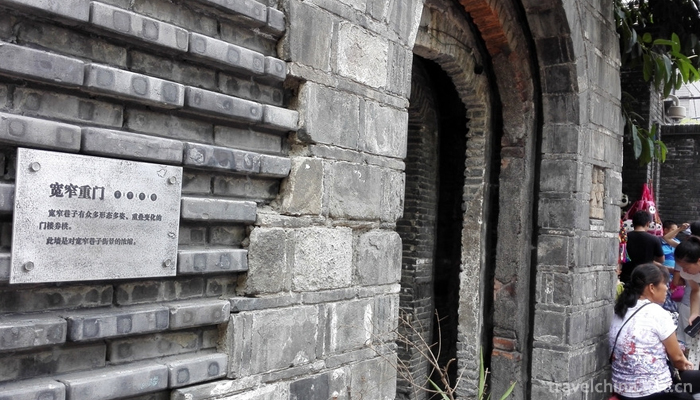

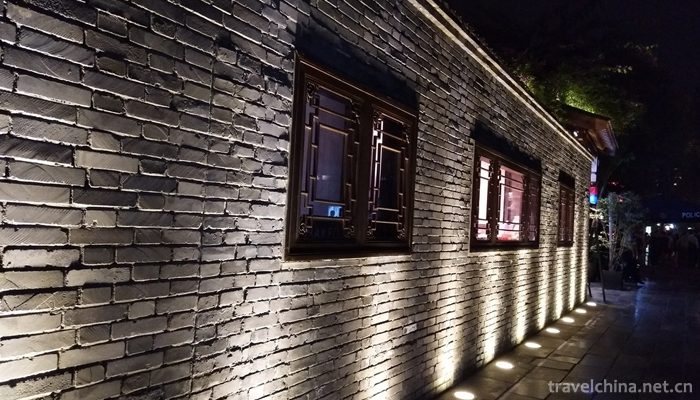
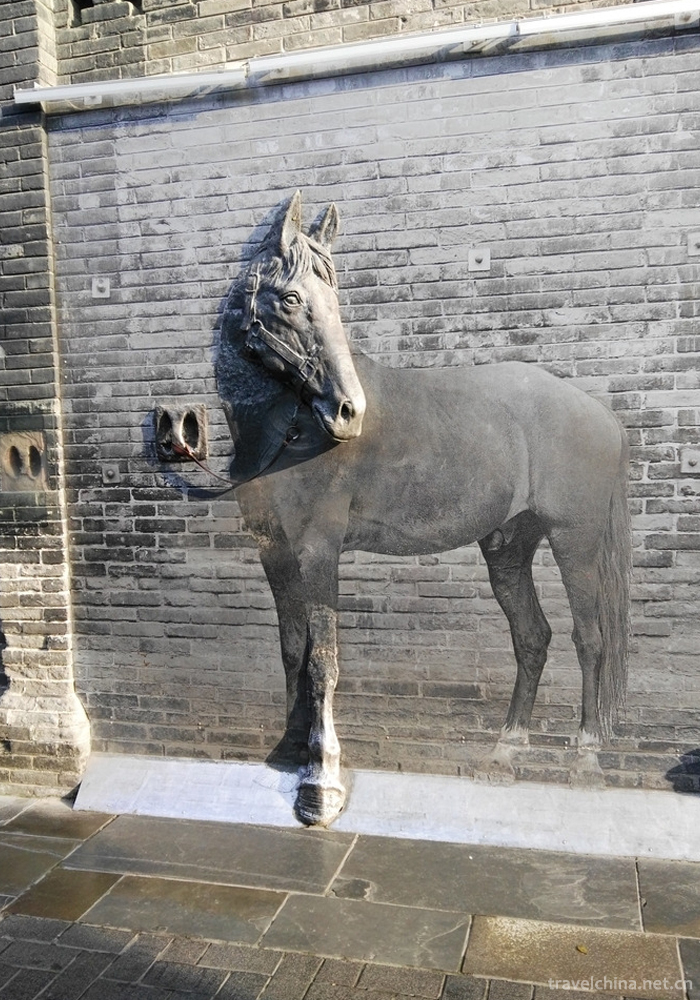
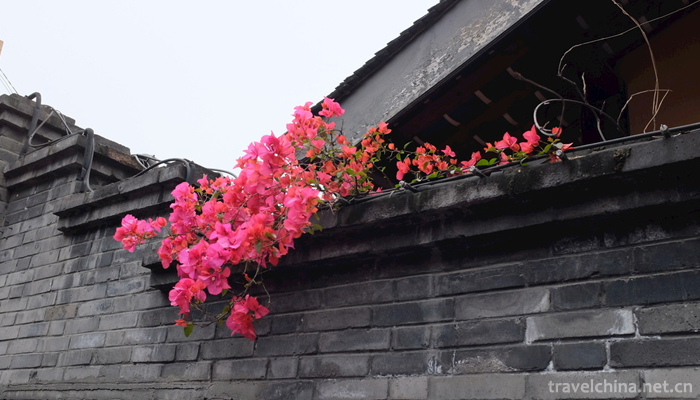
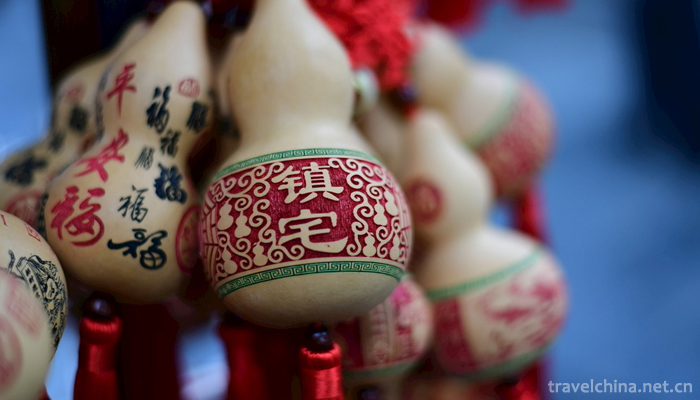
Ask a Question
Your email address will not be published.
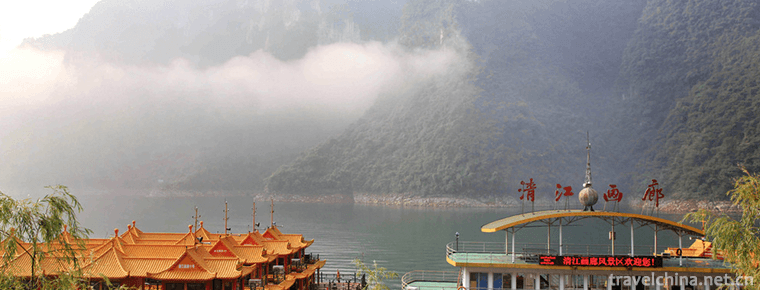


0 Questions